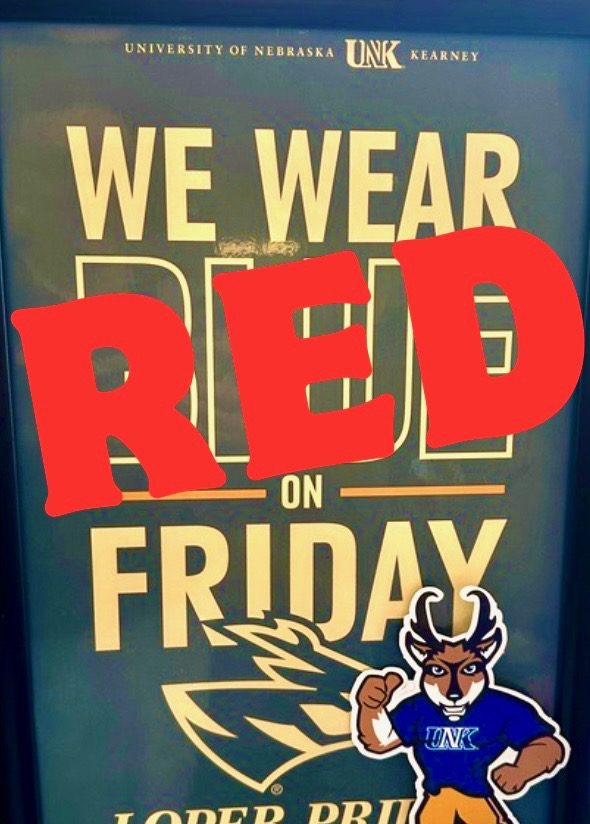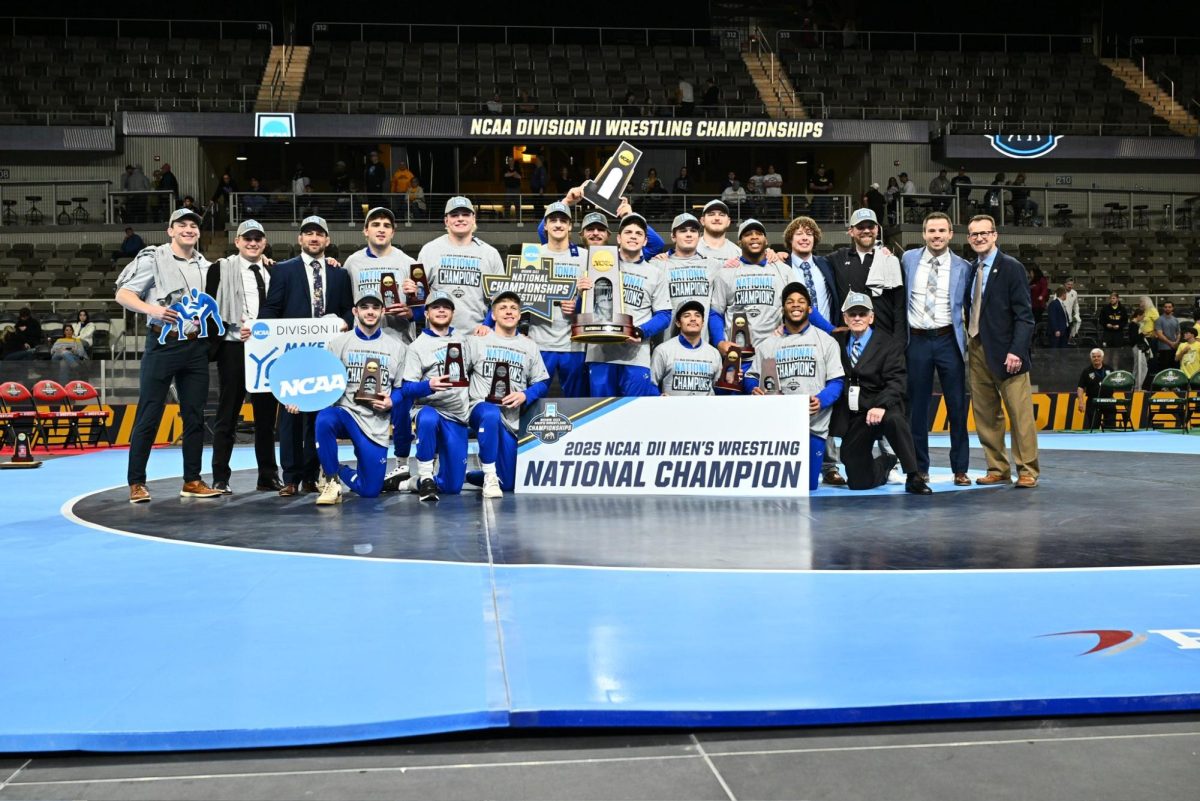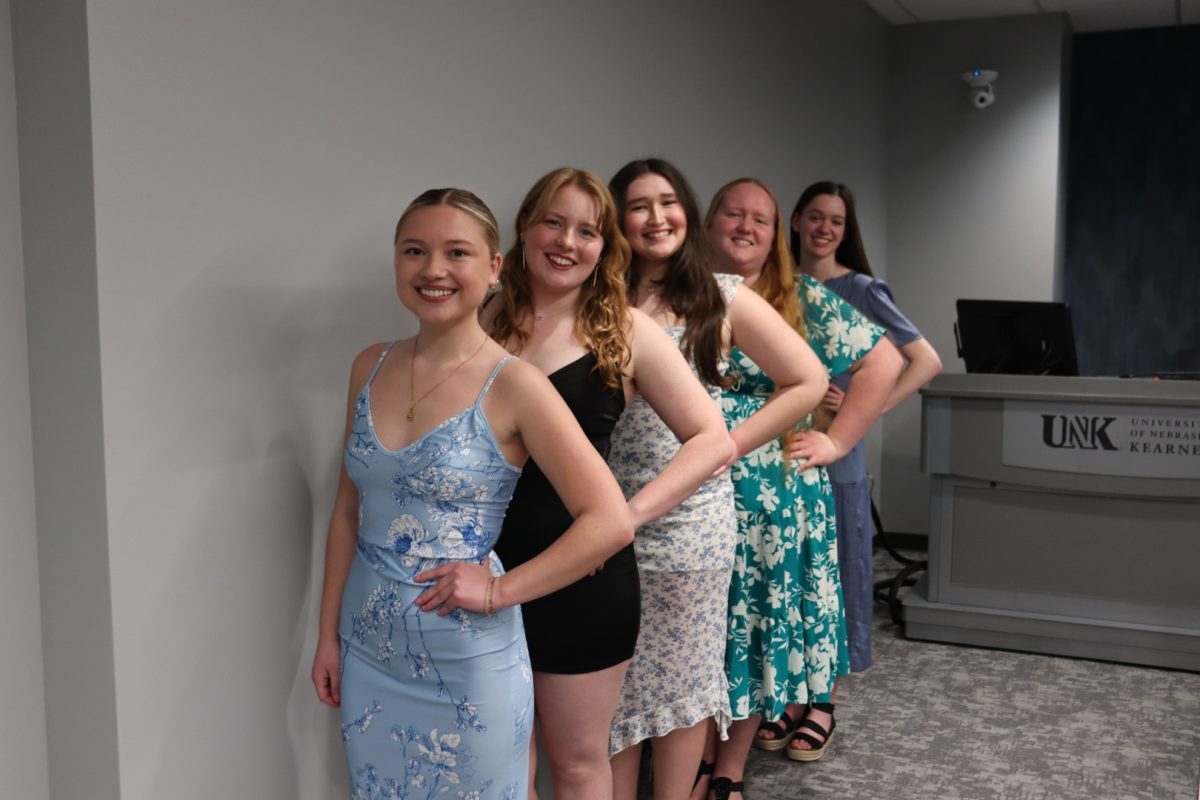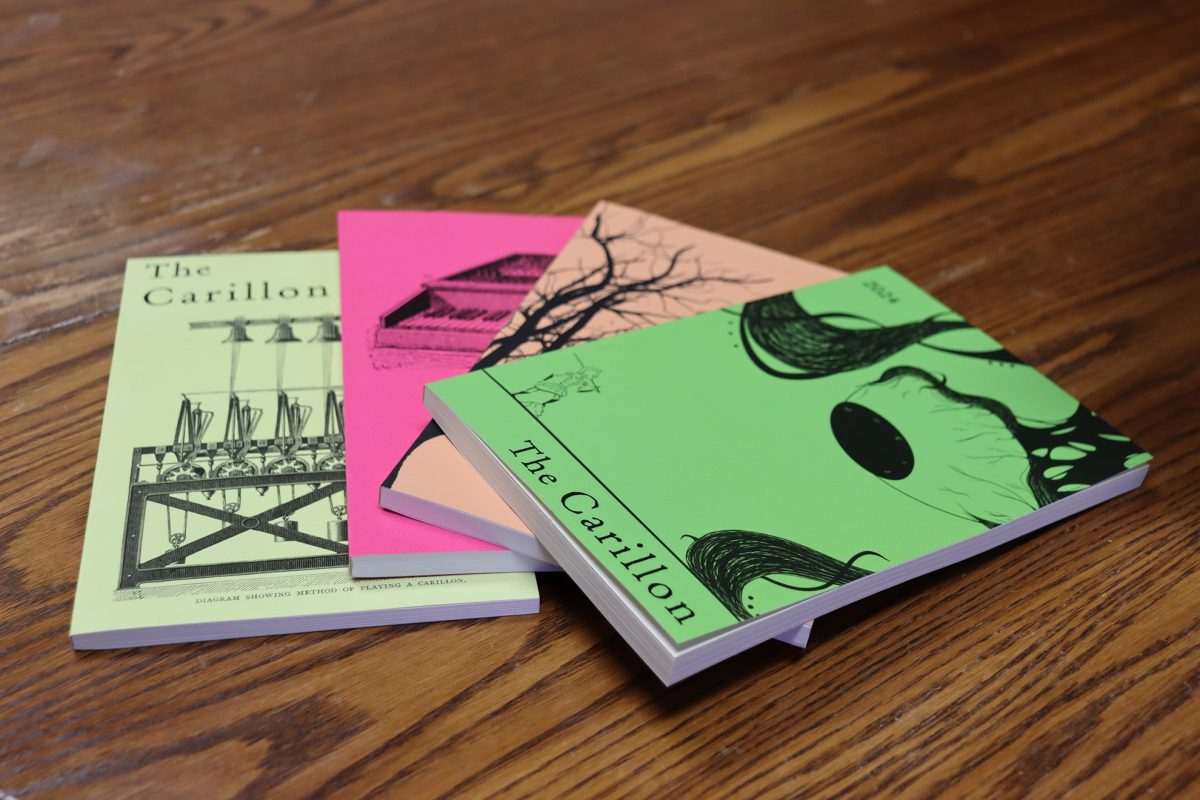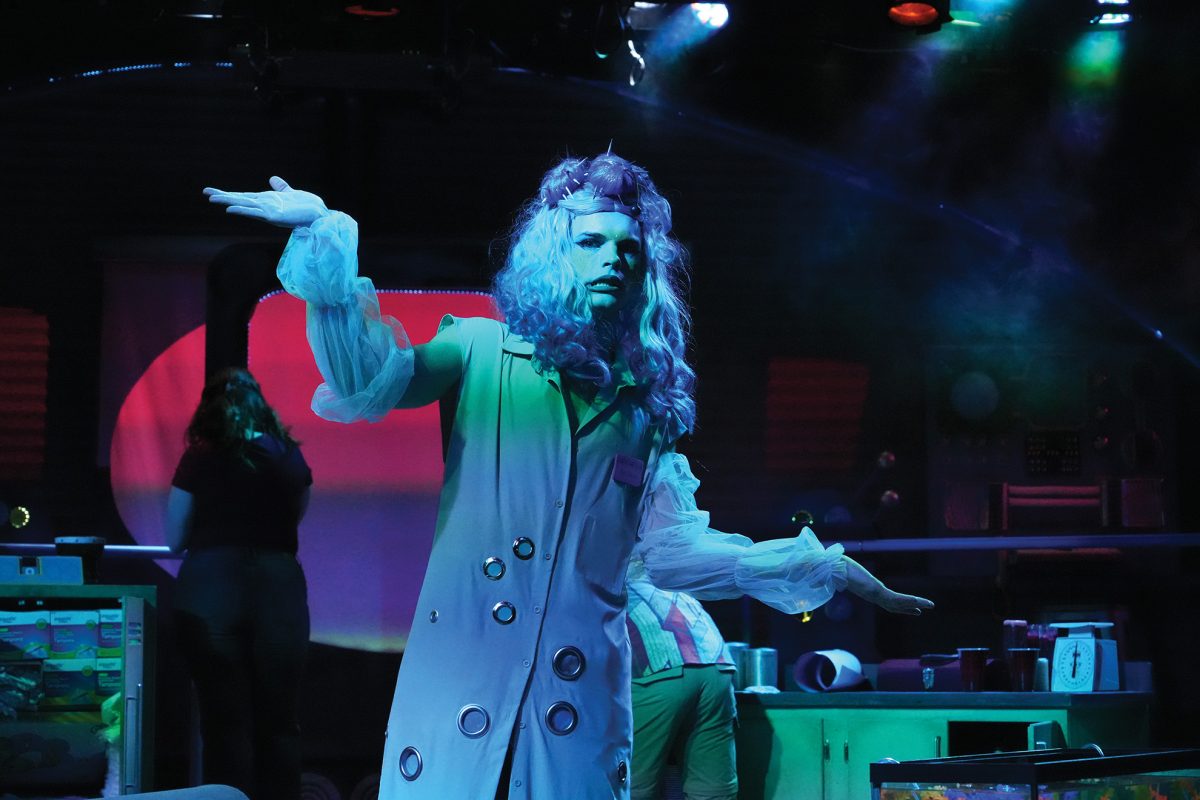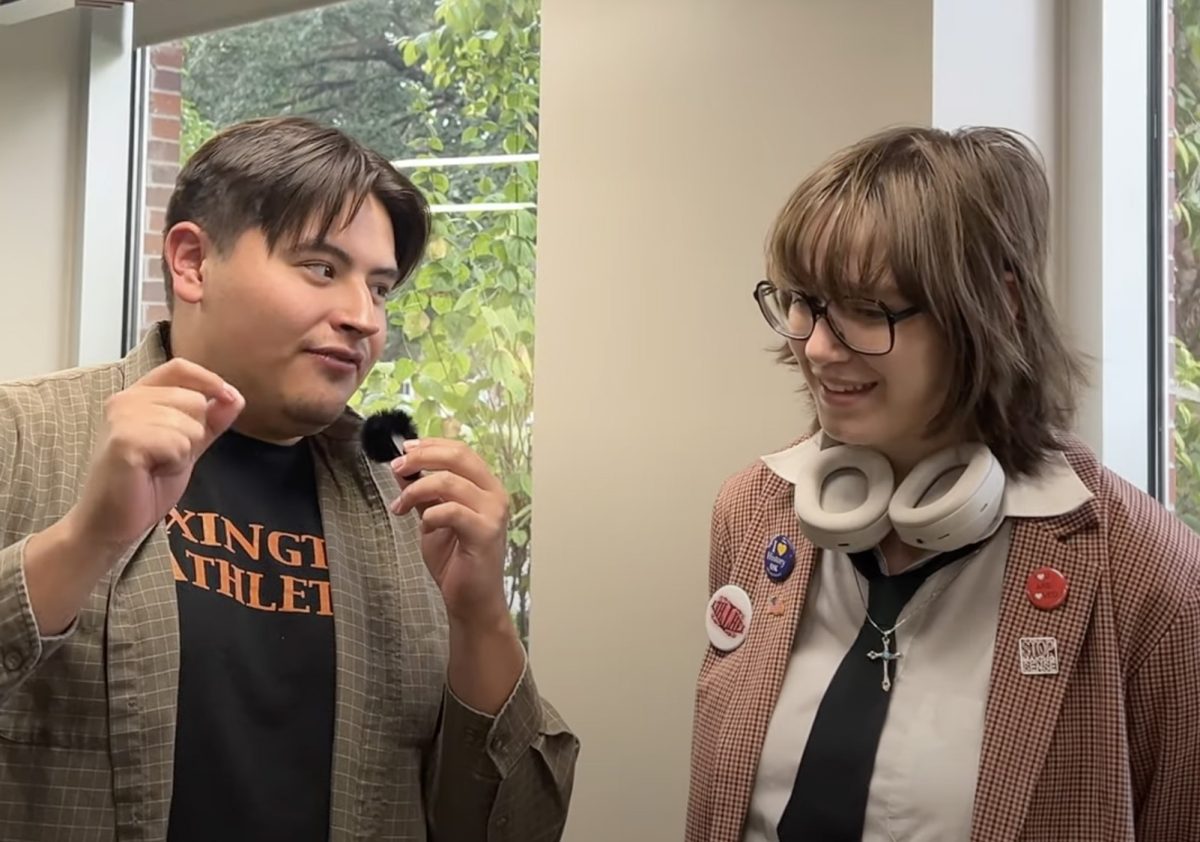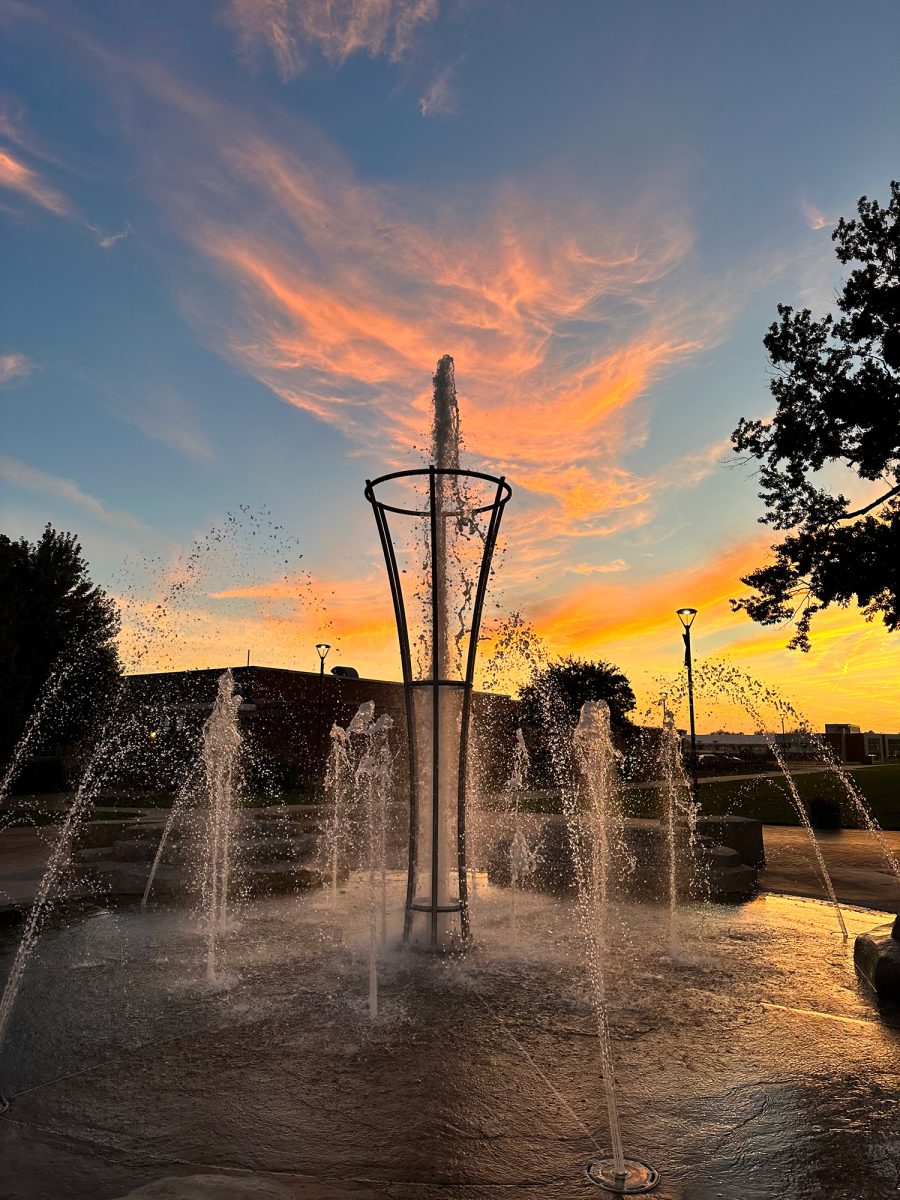ALANA KELLEN
kellenar@lopers.unk.edu
The G.W. Frank Museum of History and Culture is a center of Nebraska history with rare items, opportunities for UNK students and an openness to the Kearney community.
Currently, the Frank Museum is decorated for Christmas on the first floor in a way that brings out the Victorian-style decorations that would have been appropriate for the times. In the drawing room stands a sparse evergreen tree, covered in ornaments that are reminders of what we would use today: candles instead of lights and small bags full of herbs hanging from the branches with string. The Frank Museum is open in the afternoon from 1 to 5 and on Saturdays, there is free hot cocoa and apple cider. Walk ins are welcome and expected and tours, self guided and not, are free.
April White, Interim director at the museum, provides the unforgettable story of riches, loss and transformation that has led to the Frank Museum being what it is today.
The history of the Frank Museum is fascinating, especially in how the Frank Family inadvertently chose the location that UNK currently sits on. The Frank Museum precedes all other buildings on campus and was finished in the late 1880s after George Washington and Phoebe Frank, wealthy investors from New York, moved to Kearney following Manifest Destiny. They felt Kearney was the perfect place to build their house, as a ploy to get investors out the midwest. The house was modern and incredibly interesting, built in a unique Richard Sonian-Romanesque style, due to its Colorado stone exterior and Spainish tiled roof.
After building his powerful and alluring house, G.W Frank decided to try and open a cotton mill with his youngest son. They built the cotton mill in the current location of Cotton Mill Park, but cotton could not grow well in the area. Very soon, the financial Panic of 1893 was upon the Franks and they lost every investment they had. Half of the Kearney population left. With the bank knocking on the door, G.W sold the house to his wife Phoebe for $1, as she held no debt. Two months later Phoebe would die and the Frank’s son would disappear, forcing G.W to sell the house.
Not much later, G.W. found his son, dead in a hotel room in Lincoln, from an apparent overdose. G.W lived out his final days with his daughter Genie before passing away in 1906.
Before his death and the tragedies that preceded it, however, G.W. had sold the land surrounding his house for a new Normal School that was to be built, which would one day be Kearney State College and then UNK. The Frank House went on to be an administration building for the new tuberculosis hospital (today’s West Center) and was so for sixty years, until the cure for the White Plague had been found.
In 1970, a group of professors and some of the UNK administration came together to turn the Frank House into a museum. Kearney had long forgotten the Franks, but UNK brought their name back again. In 1973, the Frank House opened.
Today, there are constantly projects that are meant to change and improve the museum going on. April White wants UNK students to know that there are offerings for employment, unpaid internships (credits can be earned) and opportunities for student research in the archives at the Frank Museum. Anyone interested can just stop by, walk in, and look around. The history within the sandstone walls of the G.W Frank Museum are for everyone.
For questions or inquiries, you can email April White at whiteac@unk.edu.



